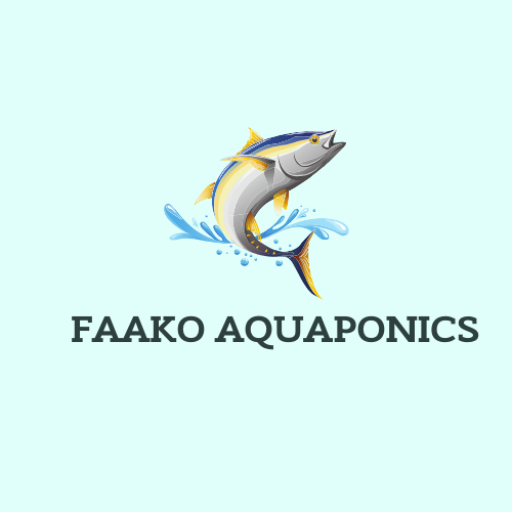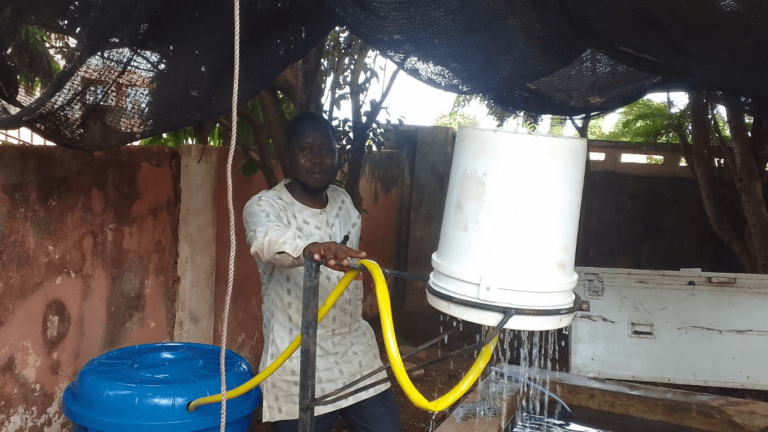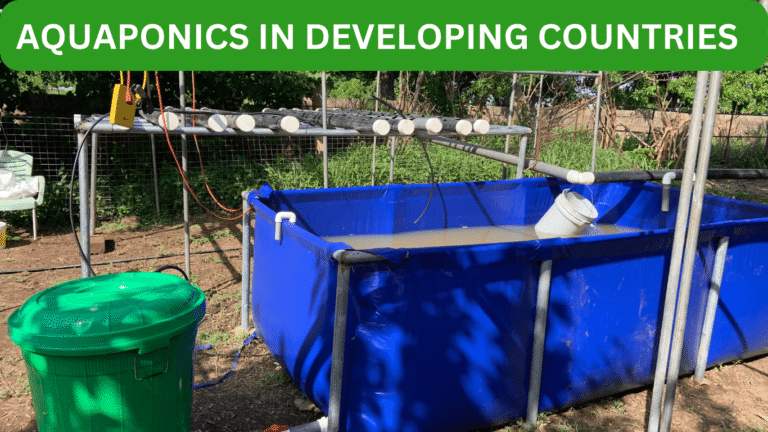How to raise fish without changing the water is a question that puzzles many aspiring and even experienced fish farmers. If you’ve been used to constantly draining, topping up, and replacing pond water, the idea might sound unrealistic. But thanks to smarter fish farming systems and better water management techniques, this method is not only possible — it’s practical, sustainable, and cost-effective.
Whether you’re running a backyard fish pond or planning a commercial setup, learning how to maintain clean, healthy water without full water changes can save you time, money, and labor while helping your fish grow faster and stay healthy. Let’s dive into how this system works, why it’s gaining popularity, and how you can set up your own fish farm that doesn’t rely on frequent water changes.
Why Avoiding Water Changes Makes Sense
Traditionally, fish farmers change water often to control pollution and waste buildup. But this approach has its downsides:
- It’s labor-intensive — regularly draining and refilling tanks is hard work.
2. Water changing is expensive — water bills can skyrocket, especially with larger ponds.
3. It stresses fish — sudden changes in temperature, pH, or hardness can harm or even kill fish.
4. To constantly change water is not eco-friendly — water is a precious resource, and discharging waste-filled water can harm the environment.
Instead of relying on water replacement, modern fish farmers now focus on water treatment and recycling — keeping the water clean and usable for longer through filtration and smart management. This is where the Recirculating Aquaculture System (RAS) comes in.
The Power of RAS: A Game Changer
A Recirculating Aquaculture System (RAS) is a closed-loop fish farming system where water is continuously filtered, treated, and reused. Instead of dumping dirty water, the system keeps cleaning and recirculating it, providing a stable and healthy environment for fish.
Think of RAS like a life support system for your fish. It manages:
a. Solid waste (like fish poop and uneaten feed),
b. Harmful chemicals (like ammonia), and
c. Oxygen levels — all without needing to change the water regularly.
This setup mimics nature, where water cycles through natural filters like soil, plants, and bacteria. In RAS, we recreate this using tanks, filters, and pumps — all controlled by you.
Key Elements of a No-Water-Change Fish Farming System
To successfully raise fish without changing the water, it’s important to understand the individual components that make this system work. Let’s explore them in detail:
1. Efficient Filtration System
This is the backbone of the system. You need both mechanical and biological filtration to handle different types of waste.
• Mechanical filtration removes solid particles — fish poop, uneaten feed, and other debris. Common tools include filter brushes, mesh screens, rope filters, or foam pads. These should be cleaned regularly to prevent clogging.
• Biological filtration handles invisible chemical waste. This is where beneficial bacteria grow (often on bio-media like plastic balls or sponge material). These bacteria convert toxic ammonia (from fish waste) into nitrite, and then into nitrate, which is much less harmful.
Why this matters: Without proper filtration, ammonia will build up quickly and poison your fish. With filtration, you can maintain a stable, healthy water environment for weeks or months without needing to do a water change.
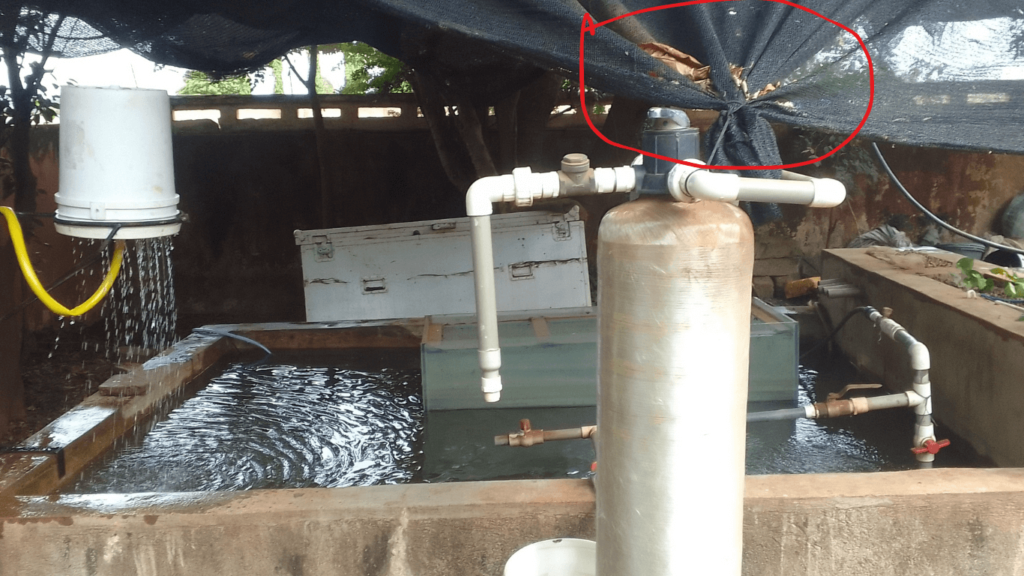
2. Proper Aeration
Fish need oxygen just like we need air. In stagnant water, oxygen levels can drop — especially at night when plants and algae consume oxygen.
That’s why aeration is essential in a no-water-change system. Aeration increases the oxygen content in the water and keeps it moving, which also helps beneficial bacteria thrive in your biofilter.
Tools for aeration include:
a. Submersible pumps with air stones or diffusers
b. Water splashing features (like small waterfalls)
c. Venturi systems that inject air into the flow of water
Tip: Always monitor your fish for signs of low oxygen, such as gasping at the surface. If you see that, increase aeration immediately.
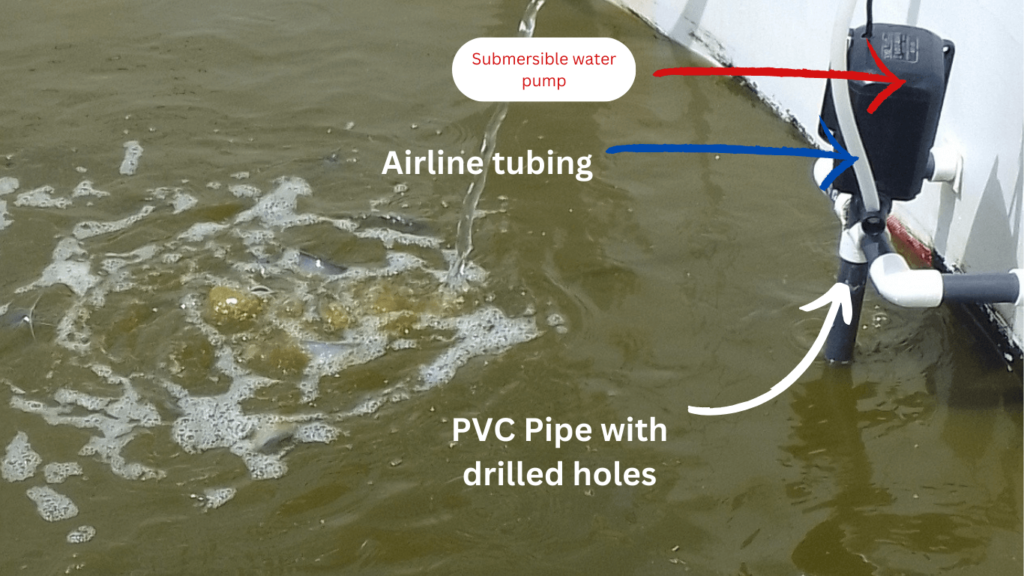
3. Regular Water Testing and Monitoring
Even though you’re not changing the water, you’re still managing it. That means testing it regularly to know what’s going on inside your tank.
Here’s what you should check at least weekly:
1. Ammonia – should be close to 0 ppm
2. Nitrite – also close to 0 ppm
3. Nitrate – can build up over time, keep below 80 ppm
4. pH – ideal range for most freshwater fish is 6.8–7.5
5. Dissolved Oxygen (DO) – keep it above 5 ppm
6. Temperature – depends on your fish species
Simple water test kits are available online or at aquarium shops. Monitoring allows you to correct issues before they harm your fish.
4. Stocking Density Management
Overcrowding is one of the quickest ways to crash a no-water-change system. More fish means more waste — and if your filtration system can’t keep up, ammonia will spike.
Safe stocking guidelines:
• For tilapia in a well-aerated and filtered system: about 20–30 fish per 1000 liters of water
• For catfish: around 15–20 fish per 1000 liters, depending on age and size
Start small, observe your system, and only increase stocking when you’re confident your filtration and aeration can handle it.
5. Smart Feeding Practices
Feeding your fish is where most water problems begin. Uneaten food rots, produces ammonia, and clogs your filter.
To prevent that:
1. Feed only what the fish can finish in 2–3 minutes
2. Feed 2–3 times a day instead of one heavy meal
3. Remove any leftovers after feeding
4. Use floating pellets so you can easily monitor consumption
Smart feeding not only protects your water but also saves money on feed costs.
Best Fish Species for This System
Not all fish species are suitable for no-water-change systems. Choose hardy, fast-growing species that can tolerate slight changes in water parameters.
Great options include:
1. Tilapia – Very tolerant, fast-growing, and perfect for beginners
2. Catfish – Hardy and able to withstand low oxygen levels
3. Koi or Goldfish – Often raised in ornamental pond systems using RAS
4. African Mudfish (Clarias) – Excellent for tank systems and urban setups
Real Benefits of Raising Fish Without Changing Water
Let’s sum it up — here’s why this method is a game-changer:
1. Water Conservation: You only replace minimal water lost to evaporation or maintenance.
2. Labor Savings: No more back-breaking water changes every few days.
3. Healthier Fish: Stable water = lower stress = faster growth and fewer diseases.
4. Eco-Friendly: You’re recycling water and reducing harmful discharge into the environment.
5. Year-Round Farming: Especially useful in areas where water becomes scarce in dry seasons.
Want to Learn How to Build This System Yourself?
When I discovered the power of RAS, I knew many farmers — especially in areas with limited access to clean water — could benefit from this system. But most tutorials were too complex, or required expensive equipment.
So I created a step-by-step video course:
DIY Recirculating Aquaculture & Aeration Systems: Build Your Fish Farming Setup
Inside, I show you:
i. How to make your own sedimentation and filtration units
ii. How to set up aeration with affordable tools
iii. How to build the nitrogen cycle into your system
iv. How to choose stocking densities and manage feed properly
You don’t need to be an engineer or have a big budget. It’s simple, practical, and beginner-friendly. If you’re serious about learning how to raise fish without changing the water, this course will give you a solid foundation.
Final Thoughts
So, how to raise fish without changing the water? It’s all about designing a system that manages waste, supplies oxygen, and keeps the water clean — naturally and continuously.
By focusing on filtration, aeration, monitoring, and stocking balance, you’ll be able to raise fish sustainably, save on costs, and grow healthier, faster-growing fish.
It’s not just a trend — it’s the future of fish farming. If you’re ready to take that step, check out the DIY RAS course here, and let’s build smarter fish farms together.
